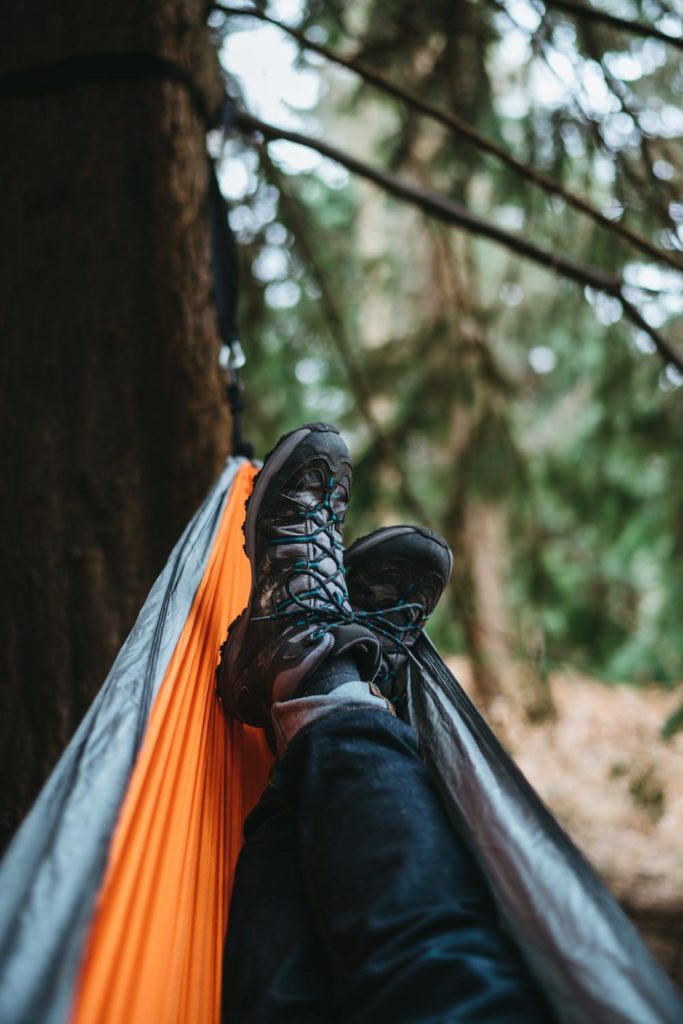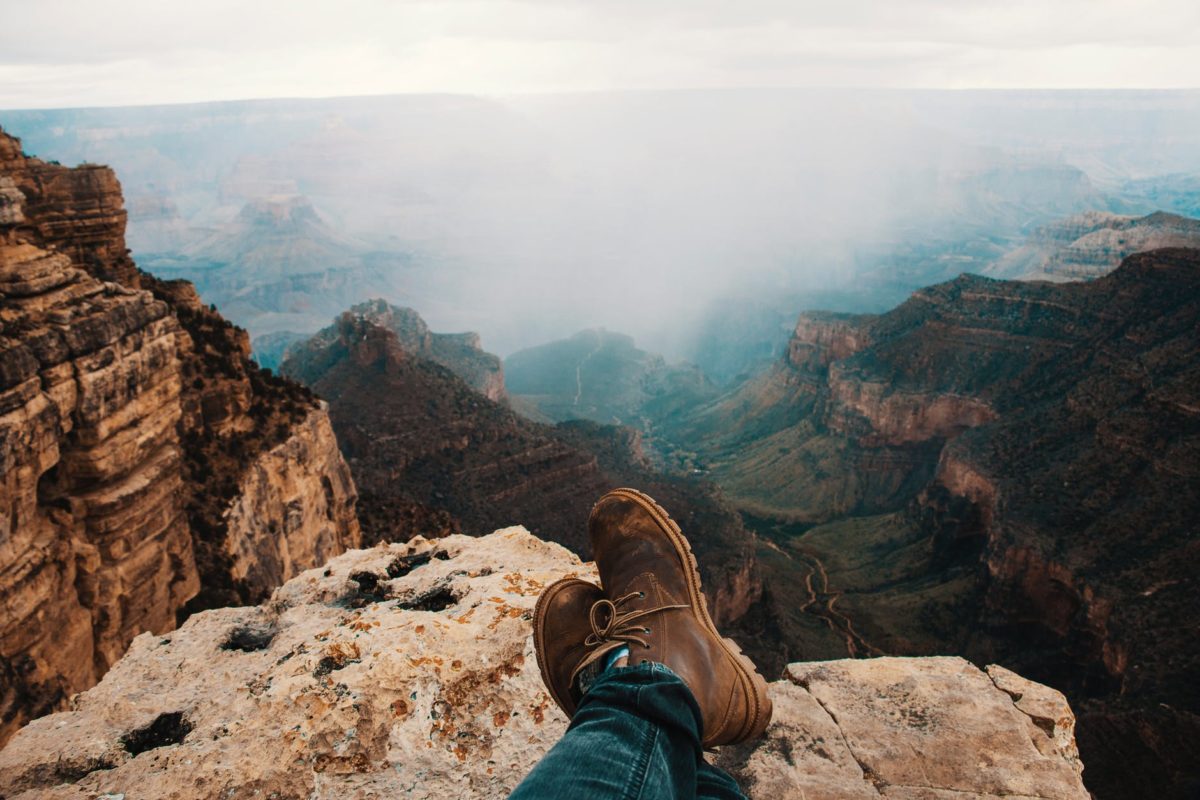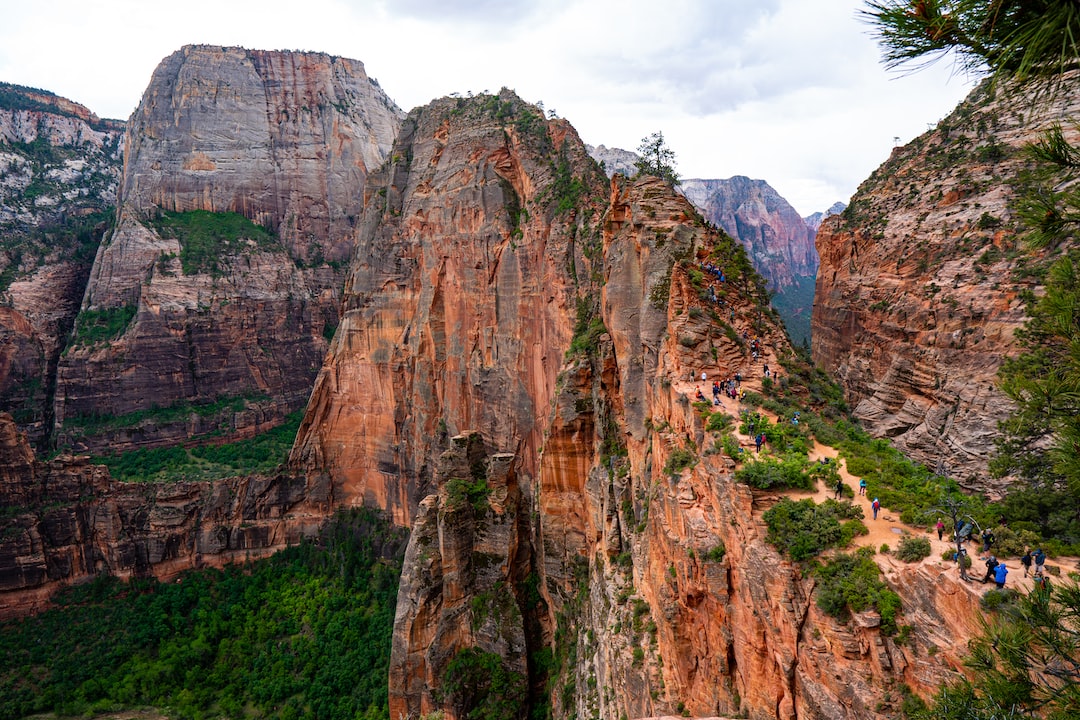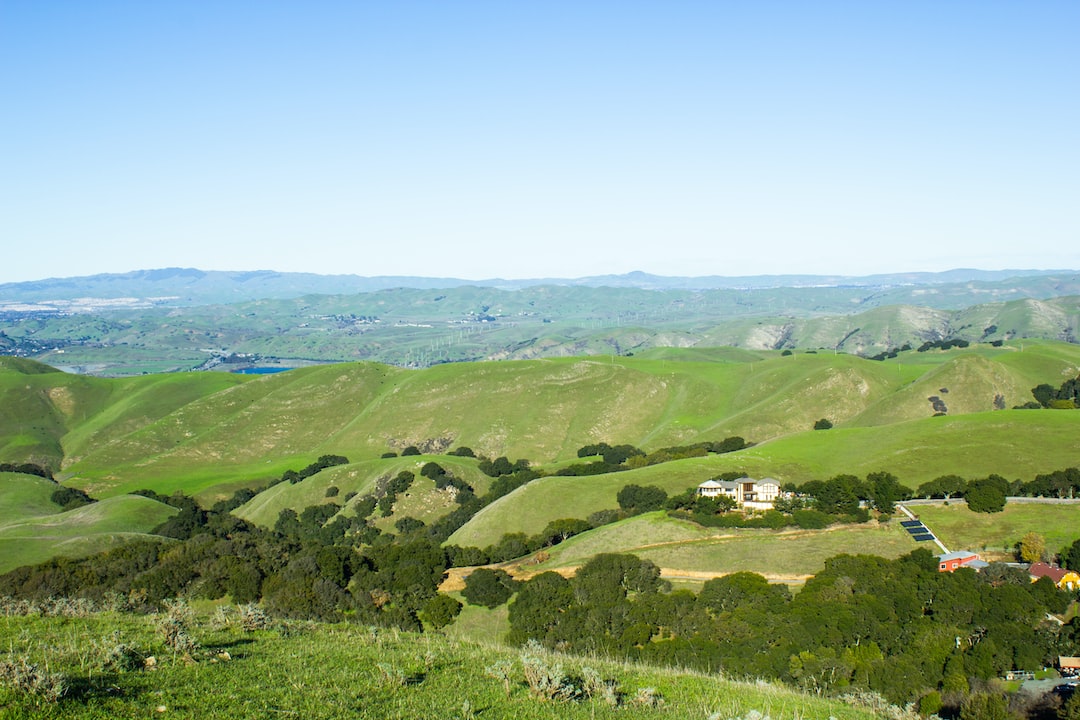Are you’re hiking boots looking a bit tattered and you’re wondering how long before you should invest in a new pair? In this guide, I’ll answer the key questions around boot longevity and help you calculate how long your boots have left.
Hiking boots typically last between 500-900 miles depending on the quality of the footwear, how much you’ve used them and the terrain you’re regularly hiking on. For lightweight trail runners expect around 500 miles and for hard-wearing boots expect double that.
Why do boots breakdown?
Not all boots are equal and different hiking boots who go through the same terrain will degrade at different rates. The main factor is build quality – but how and where you use your boots also plays a huge role.
1. Build quality
Quality boots last longer because the materials used and the stitching is of a higher standard. Cheaper boots are likely to use materials that are not as robust, breakdown faster and are stitched together in a hurry. The best way to choose a hiking boot that last longer is to read reviews and buy from a boot brand that has been around a while and established a reputation for quality.
2. Trail runners vs Hiking boots
Trail runners are like a cross between running shoes and hiking boots – they’re a very popular lightweight alternative to hiking boots. They offer less protection but dry faster and are more flexible for a different style of hiking. Because trailer runners are lighter and have less material expect to get about 400-500 miles out of these.
Hiking boots are larger, provide ankle support (effectiveness is debatable) and are more robust to deal with sharper rocks and looser terrain – thicker and deeper grips. Hiking boots will get you 500-1,000 miles.
P.S I got into much more depth about the difference between trail runners and hiking boots.
3. How often you walk
It’s a pretty obvious one – but worth mentioning. The more you use your boots the more they’ll wear out. That said, boots that are rarely used will be much better conditions but still will degrade over time.

4. Boot care
Cleaning your boots after long hikes, wiping off dirt and mud and keeping them dry – will increase the longevity of your boots.
5. Where you hike
Wide open soil trails provide much less resistance than sharp and steep rocky trails. Most hikes are a mixture between open trails and rocky terrain – how long you walk on each effect how fast your boots start to wear.
Sharp rocks chip away at the rubber and wear away the grips. Shrubs can catch on laces and fabric causing micro tears and pulling on eyelets.
There’s no need to avoid certain types of terrain to protect your boots – because your boots are for hiking! Just be aware that they might need replacing sooner – depending on where you’ll be going.
Signs of Wear & Tear
Here are the key signs that your hiking boots are deteriorating. Each one on their own are not major (except the cracked midsole) on their own, but altogether they can increase the risk of blisters or discomfort:
- Loose Eyelets
- Worn out cushion and ankle support
- Cracked midsole
- Worn thread
- Frayed Laces
How to fix wear?
Loose Eyelets & worn out support: can be remedied by a boot cobbler.
Cracked midsoles: can be fixed with glue or a boot cobbler.
Worn bootlaces: can be replaced or fixed with adhesive tape.
Damaged sole: replace the boot sole.
When to replace your hiking boots?
Minor wear and tear can usually be fixed and help keep your hiking boots around for longer, but there comes a point when a skilled boot cobbler will have a hard time repairing them. At this point, if the boots are making hiking less enjoyable or making it harder to walk longer miles on the trail then it’s worth investing in a new pair of boots.

Reasons to replace your hiking boots:
- Your boots are not comfortable to wear anymore.
- They are too tight or loose for you and have lost the structure.
- The sole of the boot is not properly fixed to the boot.
How to Care for Hiking Boots
1. Keep them dry
Wet boots can rot and will degrade the fabric much faster than dry boots. Whenever you get back from a hike or while camping – hang your boots out to dry.
Take out the insoles, open up the tongue and let them dry as much as possible before walking in them again or putting them into storage.
P.S Don’t dry them by the fire – the extreme heat will melt leather and synthetics, shrinking the boot and destroying it!
A great way to keep boots dry is to use a home boot dryer like the DryGuy DX which blasts warm air through them on a set timer – so your boots are warm and bone dry for your next walk. They’re particularly helpful in winter when the ground is wet or snowy.

2. Clean them
Cleaning your boots from mud and dirt after each hike not only makes them look better but it also makes them last longer. Caked on dirt and mud will eat away at and degrade the fibers in the fabric faster – reducing the durability of the boot. For leather boots use a leather specific boot cleaner and condition with a brush.
Removing dirt from the breathable mesh will also help air circulate and your boots to breather much better – keeping the inside dry.
How to Choose Hiking Boots?
When looking for your first pair or next pair of hiking boots there a few key things to keep in mind.
How often will you be hiking? Where will you be hiking?
Consider trail runners
If you’ve never tried a trail runner before it might be worth looking at them as an alternative to the traditional hiking boot. Trailer runners are lighter, dry faster and make hiking less fatiguing.
They work fine for longer multi-day trecks but provide a different level of support that you might be used to. Some find this freeing and enjoy the extra flexibility, whereas other hikers prefer the sturdy feel of a full hiking boot.
That said if you haven’t bought a hiking boot in a while – you’ll be amazed at how light the latest offerings are – even in the largest sizes. Advances in materials have made hiking boots up to twice as light as they have been before.
Choose a boot for longevity
It’s better to buy a quality pair of boots that are more expensive but last twice as long than it is to keep buying multiple pairs of substandard footwear.
Top tips for finding a boot for longevity is to choose one with PU which is a versatile material that offers good resistance to abrasion and is lightweight.
Final Thoughts
If you skipped to the end here are the key takeaways:
- Expect trail runners to last around 400-500 miles
- Expect hiking boots to last 500-800 miles
The final numbers depend on long you use your boots, where you use them and how well they were made. Hiking boots last longer when you keep them clean and dry!
It’s time to replace your boots when they’re not comfortable and affect your ability to hike as fast or as safely.





